Search
Did you mean: Magi?
Search Results
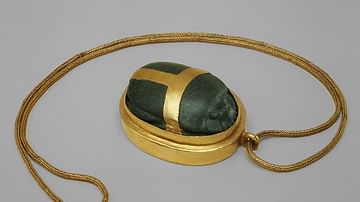
Image
Heart Scarab of Hatnefer
A serpentinite and gold heart scarab pendant. Sheikh Abd el-Qurna, Tomb of Hatnefer and Ramose, Mummy of Hatnefer. Thebes. Egypt, 18th Dynasty, c. 1492-1473 BCE. The text inscribed on the back of the scarab calls for Hatnefer's heart not...
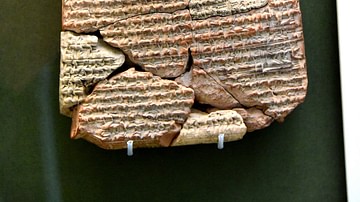
Image
Medical Recipes from Borsippa Against Mental Disorders
Alongside recipes (derived from various plants) to address mental illnesses, this tablet provides unique drawings as a guide to making magical figurines against demons and sickness. The king-like figure on the throne resembles an image of...
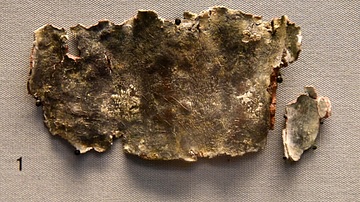
Image
Curse Tablet from Uley
This curse tablet is engraved with with an appeal to Mars and Mercury regarding a theft. The inscription reads: "To the god Mars/Mercury... gold ring from... and iron fetter... who did wrong...let the god discover". Circa 100-200 CE...
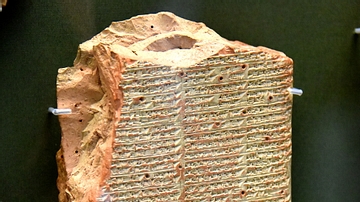
Image
Exorcistic Incantations from Ashur
These exorcistic incantations were written on this large clay tablet using both Sumerian and Akkadian cuneiform language. Probably from Ashur, Mesopotamia, Iraq, 1300-900 BCE. (The British Museum, London)
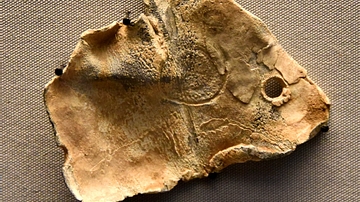
Image
Lead Sheet with Coin Impression
This sheet is decorated with an impression of a coin of the Emperor Valens (Flavius Julius Valens Augustus), 364-378 CE. It may have been intended as a curse against the Emperor. From Fulstow, UK. Donated by Tom Redmayne. (The British Museum...
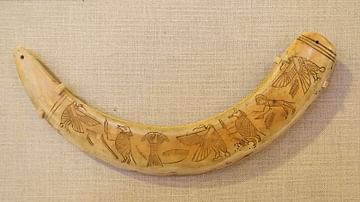
Image
Egyptian Protective Knife
An Egyptian apotropaic knife made from a hippopotamus tusk and designed to ward off evil in a nursery. (Oriental Institute Museum, University of Chicago)

Image
Terracotta Cylinder Amulets
These amulets were inscribed with a spell recruiting the mighty god Ninurta for protection. They were worn around the neck and their size corresponds to the needs of different age groups. From Nimrud and Nineveh, Mesopotamia, Iraq. Circa...

Article
The Mayan Pantheon: The Many Gods of the Maya
The pantheon of the Maya is a vast collection of deities worshipped throughout the regions of Yucatan, Quintana Roo, Campeche, Tabasco, and Chiapas in Mexico and southward through Guatemala, Belize, El Salvador and Honduras. These gods informed...
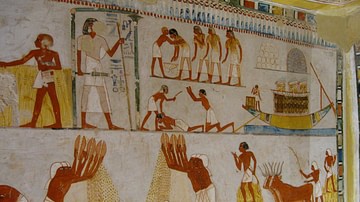
Article
Social Structure in Ancient Egypt
The society of ancient Egypt was strictly divided into a hierarchy with the king at the top and then his vizier, the members of his court, priests and scribes, regional governors (eventually called 'nomarchs'), the generals of the military...

Article
Clergy, Priests & Priestesses in Ancient Egypt
The ancient Egyptians understood that their gods had prevailed over the forces of chaos through the creation of the world and relied upon humanity's help to maintain it. The people of Mesopotamia held this same belief but felt they were co-workers...